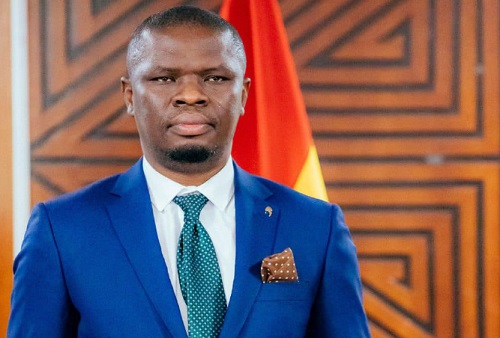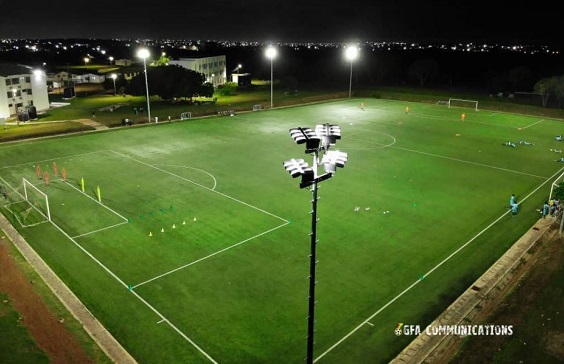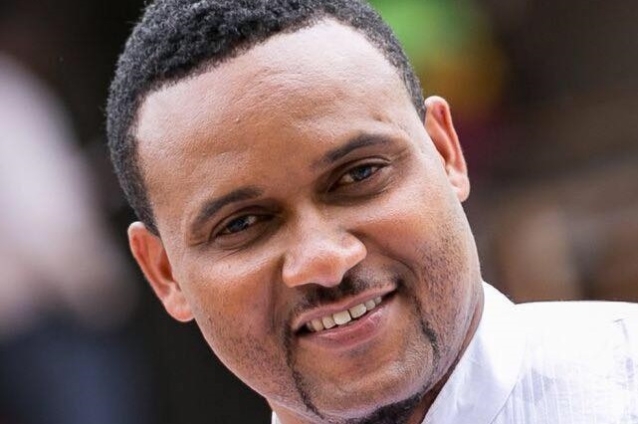Kindergarten (KG) education is a foundation that is a delicate and crucial sector in the country’s educational journey.
It is responsible for providing little children with the requisite skills, knowledge and competencies necessary for formal education.
KG education was made part of basic education in Ghana by the government in 2007 to ensure that children are introduced to formal education at the formative stages of their development.
Since it is the formative stage, the education sector requires a stimulating and conducive environment to allow children to explore and grow academically, socially and emotionally to ensure their overall development through play-based learning activities and outdoor playtime.
KG education is designed to have the appropriate infrastructure with adequate teaching and learning materials such as toys, pictures and children’s literature books and activities that promote discovery, creativity and problem-solving abilities.
Situation in Bono
However, the situation is dire in the Bono Region, as eight districts are contending with huge infrastructure deficit in public KG schools, compelling little children to sit in dilapidated structures and under trees, which exposes them to reptiles such as snakes and scorpions.
In some cases, although the schools exist, they are in poor conditions and have unsafe structures for teaching and learning.

Statistics available from the Bono Regional Education Directorate indicate that the districts have a total of 140 infrastructure deficits or gaps in the public preschool.
The eight districts, which have a total enrolment of 39,199 pupils, are Wenchi Municipality with 62 infrastructure deficits, Dormaa West District, 42 and Dormaa Municipality, 35.
Others include Jaman South Municipality, 29; Tain District, 21; Banda District, 14; Jaman North District, six and Sunyani Municipality, which has an infrastructural deficit of six.
Additionally, in some rural and peri-urban communities in the region, children walk long distances to attend school in neighbouring communities due to the lack of facilities in their communities.
Challenges
The KG infrastructure deficit has compelled some school authorities to resort to teaching the pupils under trees or in dilapidated structures or some cases, combining KG one and KG two in one classroom.
The situation is causing discomfort for the pupils in class, who find it difficult to participate in academic activities because of congestion in the classrooms.
During a visit by the Daily Graphic to some of the affected schools, the authorities said the infrastructure deficit had resulted in a drastic reduction in enrolment, particularly for KG pupils.
They said they had to abandon classes anytime clouds gathered, which continued to disrupt teaching and learning.
Huge gap
The Bono Regional Director of Education, Gabriel Antwi, told the Daily Graphic that until recently, KG was not part of the mainstream basic education system in Ghana, which accounted for the huge infrastructure gap.
He said the current situation had a negative influence on the overall development of the pupils as the sector needed a conducive environment for pupils to play around to make them sound and active.
Mr Antwi said successive governments had made conscious efforts to improve the quality of educational delivery and educational infrastructure across the country to meet international standards.

He said last year alone, the government handed over about 40 KG of infrastructural projects to some schools across the region.
Mr Antwi said despite the government’s efforts, there were still huge infrastructure gaps and appealed to the government to build modern and standard infrastructure for the educational system, to pave the way for effective and efficient teaching and learning for high academic standards to be achieved.
Classrooms needed
Currently, the region, especially the eight districts, needs a total of 1,485 classrooms, representing 52 per cent, to absorb the increasing number of KG pupils.
However, four districts have an excess to infrastructure of 68, namely; Sunyani West, which has an excess of 27 infrastructures, Berekum East, 20 excess; Berekum West, 19 and Dormaa East, two.
The region, with 12 municipal and district administration areas, has a total enrolment of 51,850 KG pupils, with 1,345 public preschool classroom blocks, representing 48 per cent.
The poor condition under which these little children study, negatively affects their academic performance, as well as their social, emotional and overall development.
It is, therefore, not surprising that the 2015 Early Grade Literacy and Mathematics Assessment (Ghana Education Service 2015) report showed that by the second year of primary school, most pupils in Ghana are not yet able to read with fluency and accuracy.
Additionally, it indicated that the rote-based approach to mathematics instruction did not adequately prepare pupils for more complex mathematics in the higher grades.
The report said after four years of compulsory education (two years of kindergarten and two years of primary), only two per cent of pupils were attaining the desired standards for literacy.
Access, quality
The Bono, Bono East and Ahafo Regional Programme Manager of ActionAid Ghana, Kwame Afram Denkyira, told the Daily Graphic that the lack of adequate infrastructure at the KG level had contributed to limited access and quality education in the country.
He said recognising the challenges in the KG sector, ActionAid had since 2001 constructed 21 model KG schools with recreational facilities across the three regions.

Mr Denkyira said the construction of similar facilities was currently underway at Namasa, including four childcare centres and two girl-friendly school blocks in the Tain District, adding that the provision of the facilities by ActionAid was part of its advocacy to improve learning outcomes.
He said ActionAid had also organised a stakeholder forum on education in Sunyani last month on the theme: “Girl-Friendly KG infrastructure: Key to promoting access to quality and gender-responsive public education in Ghana” to solicit ideas on how to improve education, especially at the KG level in the regions.
Mr Denkyira said challenges confronting the delivery of quality public basic education could be addressed if the government reversed the budget cuts to the sector and improved on its domestic resource mobilisation.
“It is estimated that the country loses about $3 billion to $4 billion annually to tax exemptions. These tax incentives have resulted in significant revenue losses for the government, limiting its ability to invest in the education sector,” he said.
Mr Denkyira pledged ActionAid’s commitment to partnering with municipal and district assemblies (MDAs), to provide model educational facilities, which were also girl-friendly and appealed to the government to increase budgetary allocation to basic education, to ensure that children in deprived communities were not left behind.
Speaking to the Daily Graphic, the Executive Director of a non-governmental organisation (NGO) with a focus on research, advocacy and good governance – Citizens Watch Ghana, Simon Asore, expressed the need for a national stakeholders’ dialogue on the infrastructure deficit at the KG level.
He explained that the dialogue would be used to solicit ideas to come out with strategies and policies to improve the KG sector.
Mr Asore partly blamed the huge deficit at the KG level for the continual reduction of the annual budget allocated to the education sector.
He said Ghanaians should be worried about the poor state of some KG classrooms, particularly in rural communities, adding that some of the structures were serving as death traps.
“Our children are at risk because such buildings can collapse on them and reptiles can easily invade their classrooms. At their age, they need a conducive learning environment,” Mr Asore stated.
Role of chiefs
The Bono Regional Chairman of the Ghana National Education Campaign Coalition (GNECC), Kobina Afena-Sam, said it was pathetic to see some old structures built during the colonial era still being used as classrooms for KG pupils.
He expressed concern about the low involvement or participation of some traditional rulers in the improvement of educational facilities in their areas, explaining that part of their royalties could be used to support development.
However, Mr Afena-Sam commended some chiefs who had established educational funds to invest in the improvement of education in their communities.
To ensure the achievement of Sustainable Development Goal Four (SDG 4), which focuses on ensuring inclusive and equitable quality education and promoting lifelong learning opportunities for all by 2030, there is a need for successive governments to invest heavily in the improvement of educational facilities, particularly at the KG level.
Source: GraphicOnline






